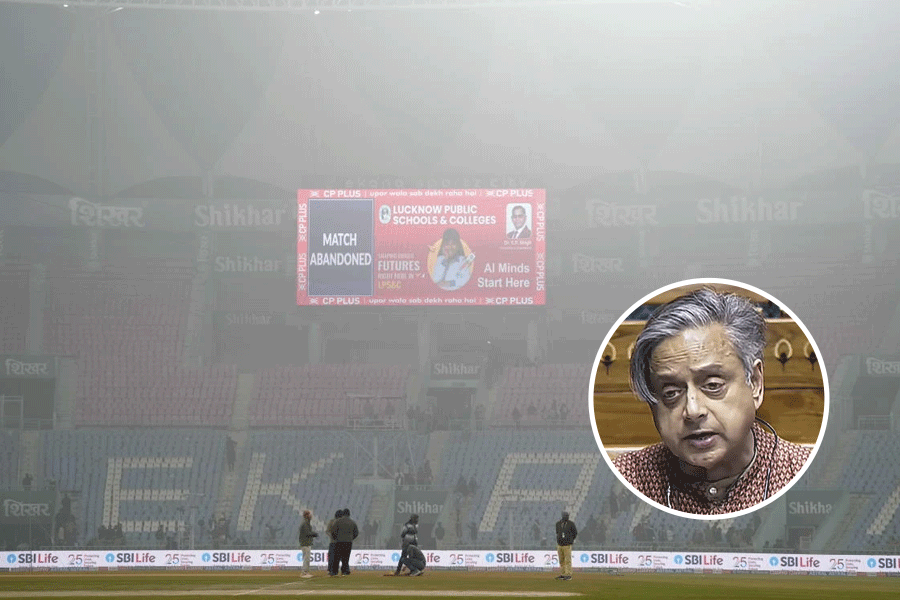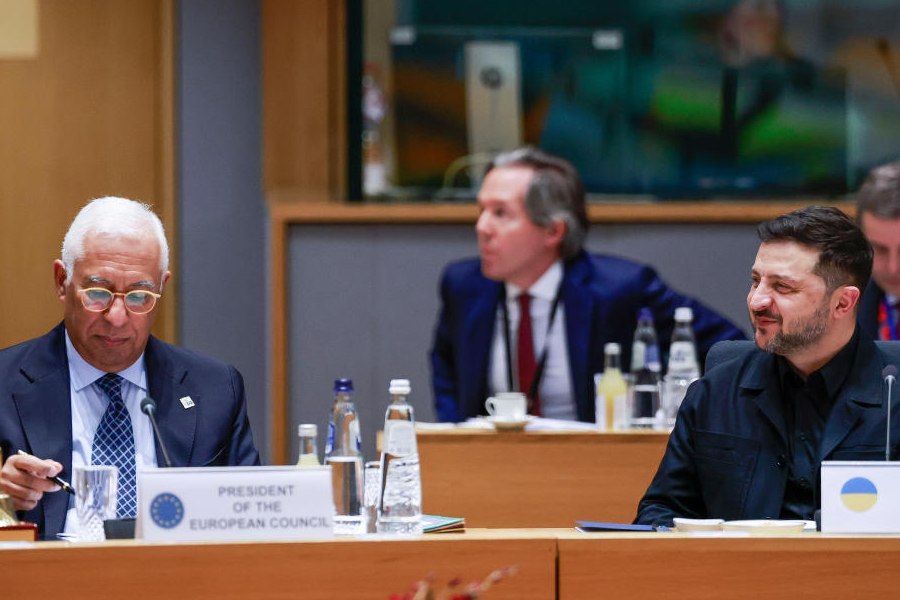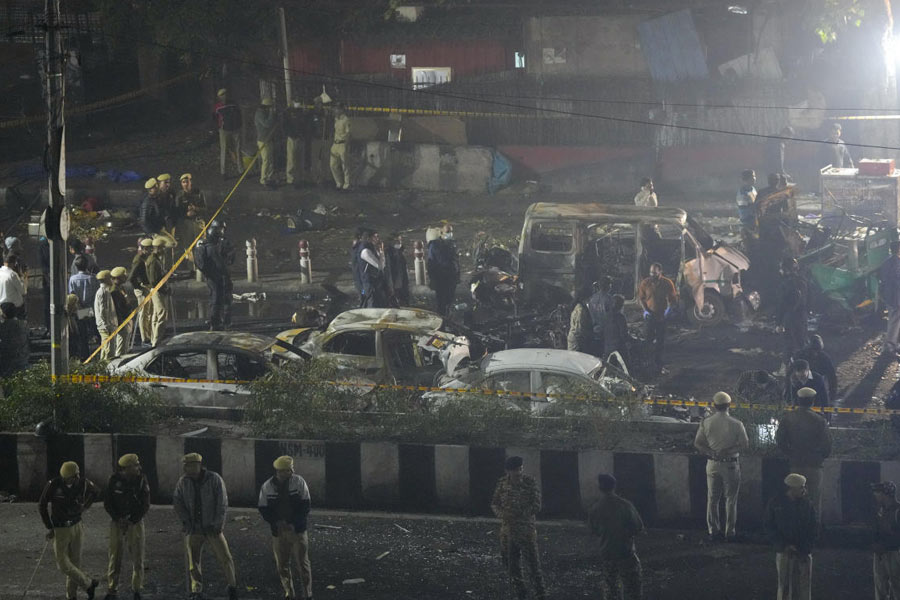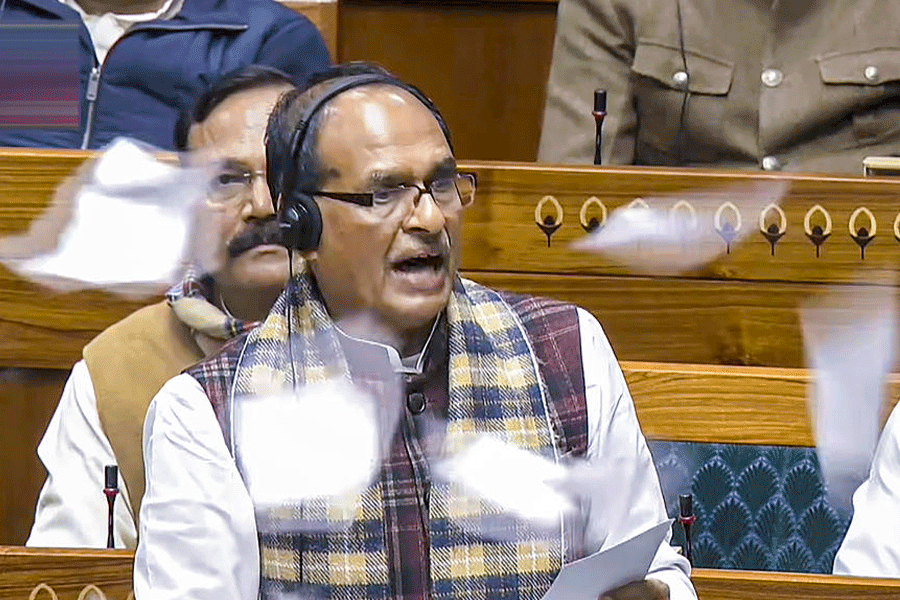As Donald Trump settles into his second presidential term, it is a good time to take stock of a specific sub-dynamic in the Indo-American bilateral relationship. This concerns the flow of India’s tech workers to the United States of America via work and educational visas. A large number of Indian and Indian-origin people find themselves in executive positions across Silicon Valley firms. Beyond executive positions, an estimated 6%-30% of workers in the US tech sector are Indian. Back in India, hundreds of thousands of engineering students aspire to work for American corporations in Bangalore and Hyderabad in the hope that one day they will also make their way to the US.
The mounting uncertainty over the future of the Indian tech workforce in the US compels us to look at the origins of this phenomenon. There are few things that shatter the idea of the Nehruvian non-alignment than the deep involvement of the US in setting up India’s engineering education ecosystem. While a range of Western nations —from the United Kingdom to the Soviet Union to Germany — played a role in this process, the US’s involvement was the most consequential.
At the time of Independence, even though the Tata Institute of Fundamental Research and the Indian Institute of Science had been established, the state of India’s engineering education was below par. India had no post-graduate engineering education and the colonial system was designed to produce only civil engineers. To rectify this, a former Indian Civil Service officer and industrialist, Ardeshir Dalal, recommended setting up India’s engineering education system along the lines of the Massachusetts Institute of Technology. In 1946, a panel of experts was commissioned by the Viceroy’s Executive Council under the leadership of Nalini Ranjan Sarkar to come up with a blueprint for the country’s technical higher education system. The panel suggested setting up engineering institutes near existing industrial towns. The IITs were born. But Jawaharlal Nehru desired direct involvement of the MIT. Despite initial resistance from the MIT, the result was the MIT directly taking charge of establishing IIT Kanpur.
A consortium of US universities led by MIT was established to set up IIT Kanpur. An official ten-year programme, the Kanpur Indo-American Program, was started in 1961 with the objective of facilitating a working staff in Kanpur, training IIT’s faculty in the consortium’s partner institutes, and procuring equipment, journals, books and other material at the institute. Over the decade, there was extensive assistance, resulting in more than 122 faculty from the US serving at IIT Kanpur and 50 Indians being trained across US institutions. The institute got state-of-the-art equipment of the time. And it was at IIT Kanpur that short courses on computer science were initiated.
This American orientation helped facilitate thousands of Indian engineers to further study and work in the US through the 70s and the 80s. Some of them reached top positions in academia and industry. Some among them returned to India and helped kickstart India’s own IT industry revolution.
For a country with widespread poverty, the focus on higher technical education over a primary education entailed a crucial developmental choice. The Indian economy lives under the shadow of that choice whereby the country’s export mix is still dominated by services even though the economy lacks a robust manufacturing base.
Moreover, the Indian government continues to use taxpayers’ money to subsidise the country’s elite engineering colleges. Subsidising engineering is a core feature of India’s industrial policy and Silicon Valley’s firms significantly benefit from it by hiring this talent in both the US and in India thorough outsourcing. This talent’s training is at least partially funded by the Indian government.
As the Trump administration relooks at the great Indian tech labour migration, it might be useful to remember how it is a function of US’s own successful foreign policy in the 1950s and 1960s.
Srijan Shukla is a New Delhi-based political economy researcher who previously worked as a journalist and a political risk analyst










